All-round nice guy and co-owner of Outboard Spares Stuart Buckingham spends hours helping others breath life into old outboards. This issue, he shares some choice tips on buying a used outboard. Images are of Byron’s 25 Bertram, Odin.
1. COMPRESSION TEST
Good compression generally means the rings and cylinder walls are in good order. However, the unit may have damage to the bearings, connecting rods, crankshaft and other internal components. There are also gearboxes and trim actuators to check over. If damaged, they can set you back thousands.
2. RUN THE ENGINE
Hopefully, the motor is still on the boat, so you can take it down the boat ramp and identify these problems before they bite you. Is it hard to start? Does it idle OK? Does it run smoothly or are there odd vibrations or noises that don’t sound right?
3. CHECK ENGINE OIL
If you’re buying a four-stroke then, just like a car, you want to check the colour of the engine oil. It should be clean and translucent. If it smells burnt and horrible, like the coffee from some dodgy roadhouse, you may want to check it out a bit more.
4. CHECK THE GEARBOX OIL
If the oil is milky in colour then it’s likely the seals are leaking water into the gearbox. If it’s black, it could be due for an oil change. If it’s clean and translucent, it’s probably just been replaced. Be sure the oil has been replaced as part of routine maintenance and not to hide a problem. I’d drain the oil and use a pressure and vacuum on the gearbox to see if the seals are holding up as they should be. A qualified marine technician can help you do this.
5. CHECK TRIM AND TILT SEALS
This is easily done by looking around the trim and tilt rods and inspecting for leaking fluid. Trim the unit up and down, making sure there are no shudders and that the trim and tilt can hold the engine up without slowly leaking down.
6. CHECK SERVICE HISTORY
The owner’s receipts should tell you how much love the outboard has received. If the owner hasn’t kept the receipts, but has had it serviced, then contact the workshop directly and they might be able to give you the information.
7. ENGINE HOURS
Lower engine hours generally mean the engine has done less work and theoretically should have a longer lifespan than a motor with high hours. There are exceptions to the rule, though, as an engine with high hours that has followed a strict maintenance schedule may be in better condition than a lower-hours engine that hasn’t followed a service schedule.
For more tips on used boats and outboards, check out www.outboardspares.com.au
Words by Stuart Buckingham
Images by Byron Gobernatz

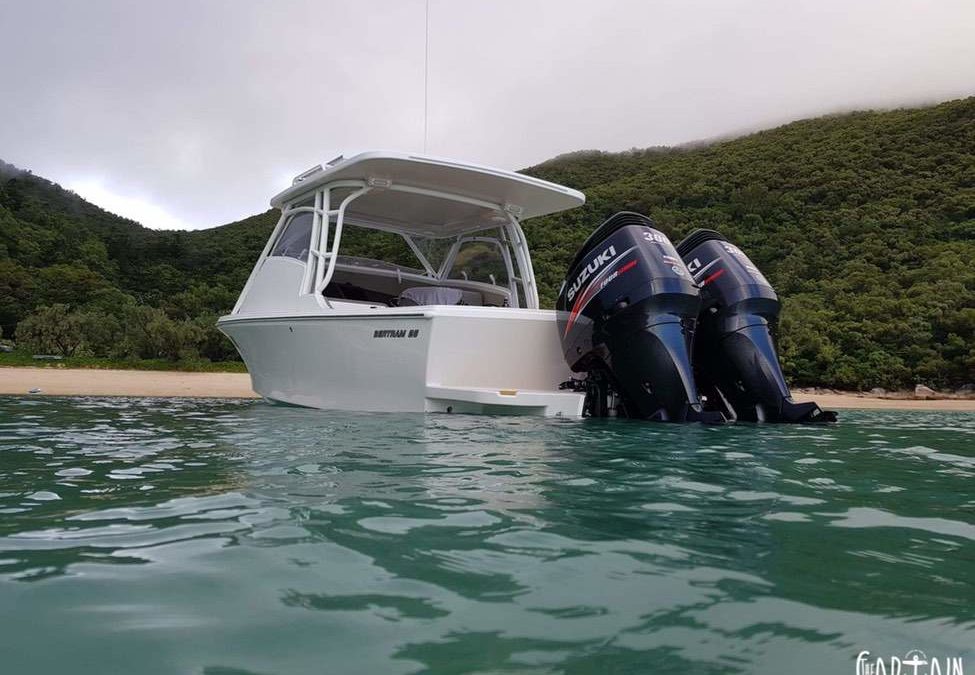

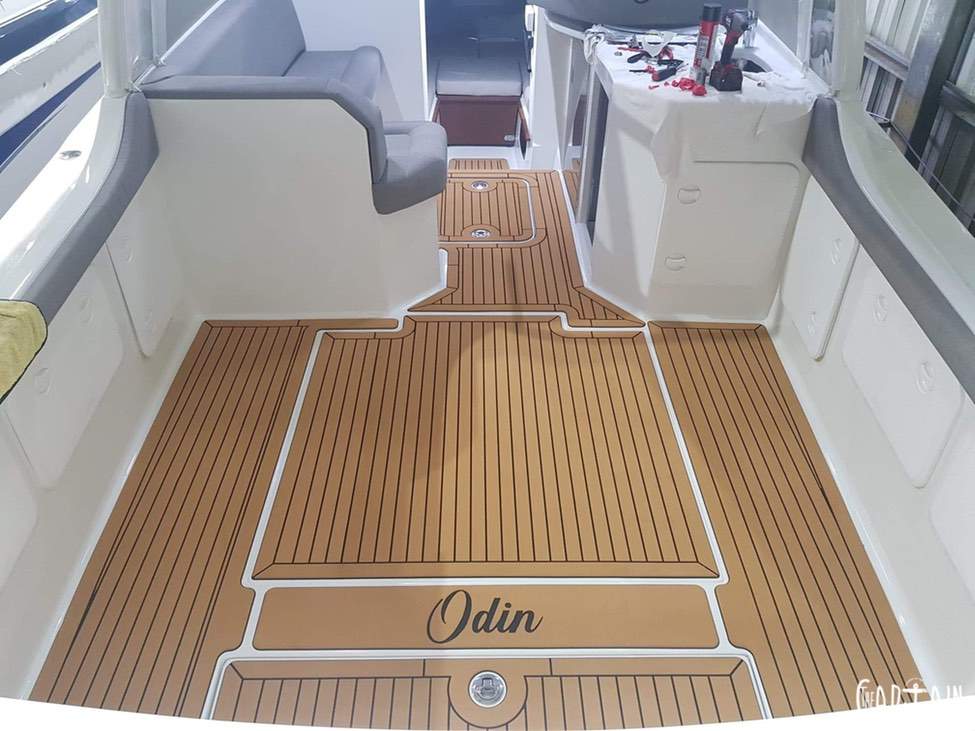
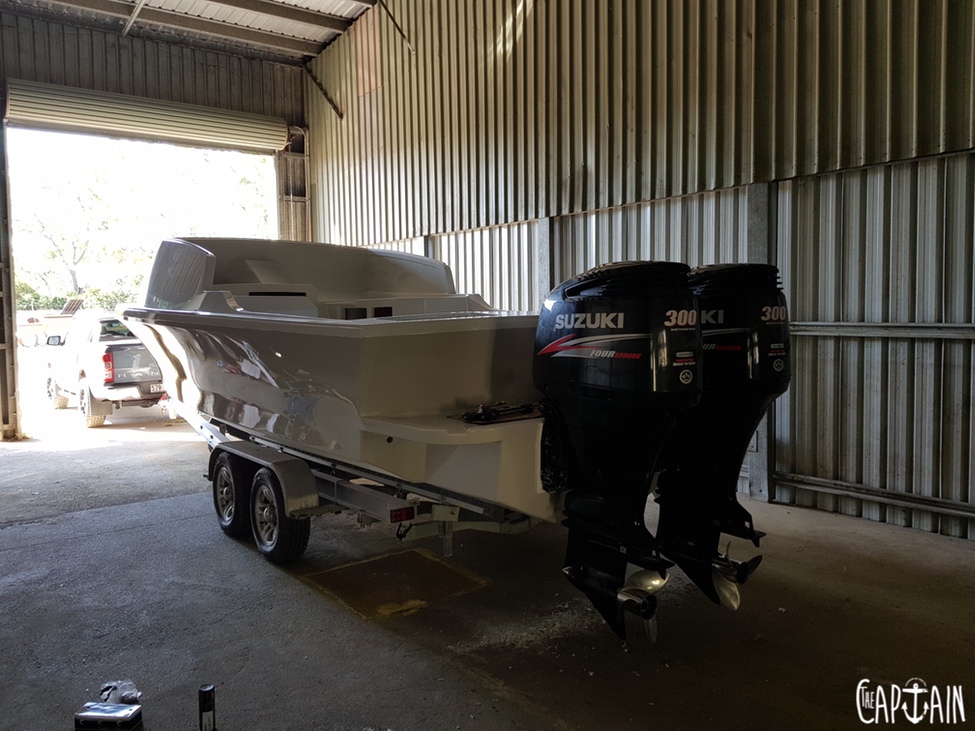
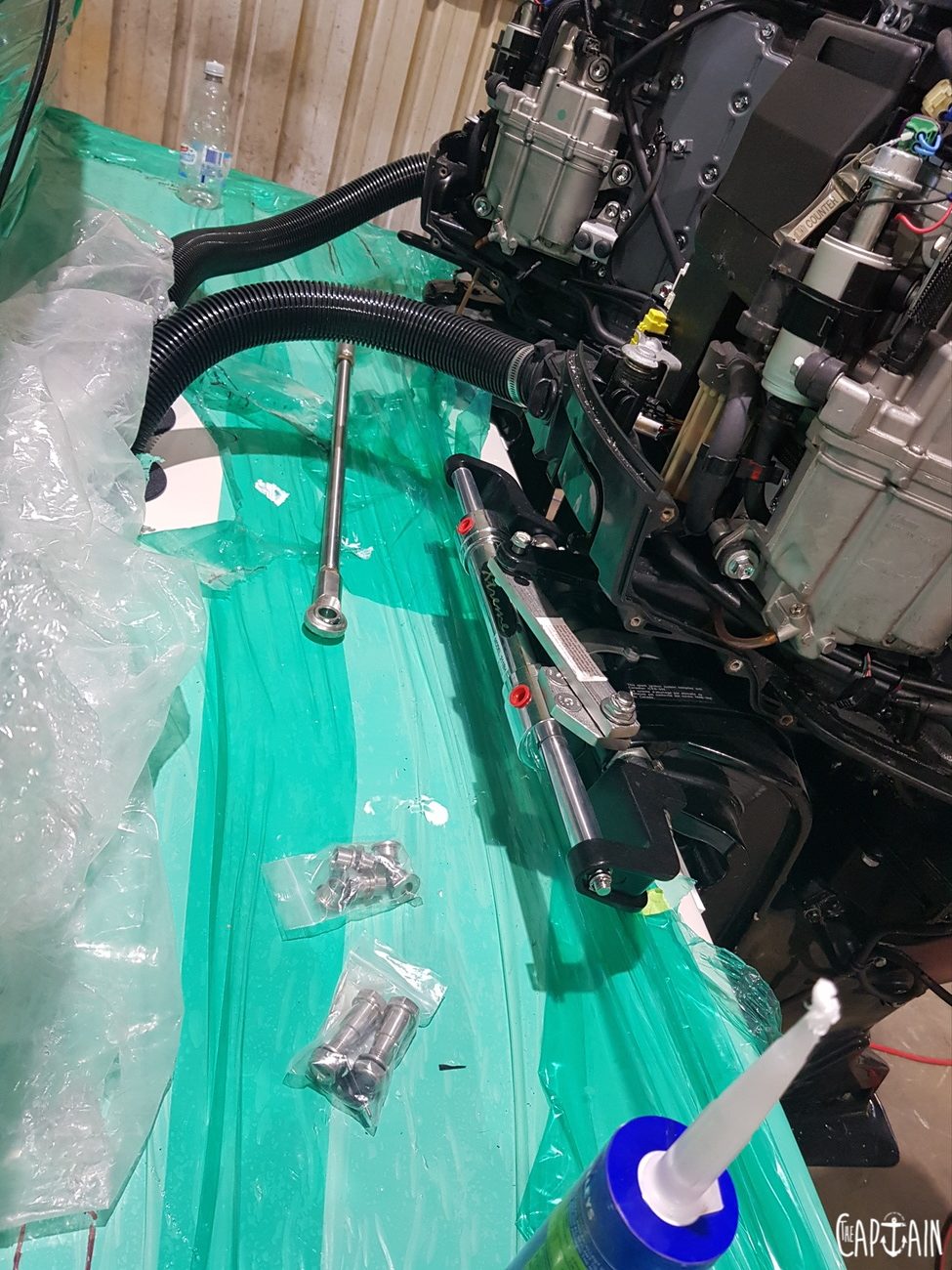
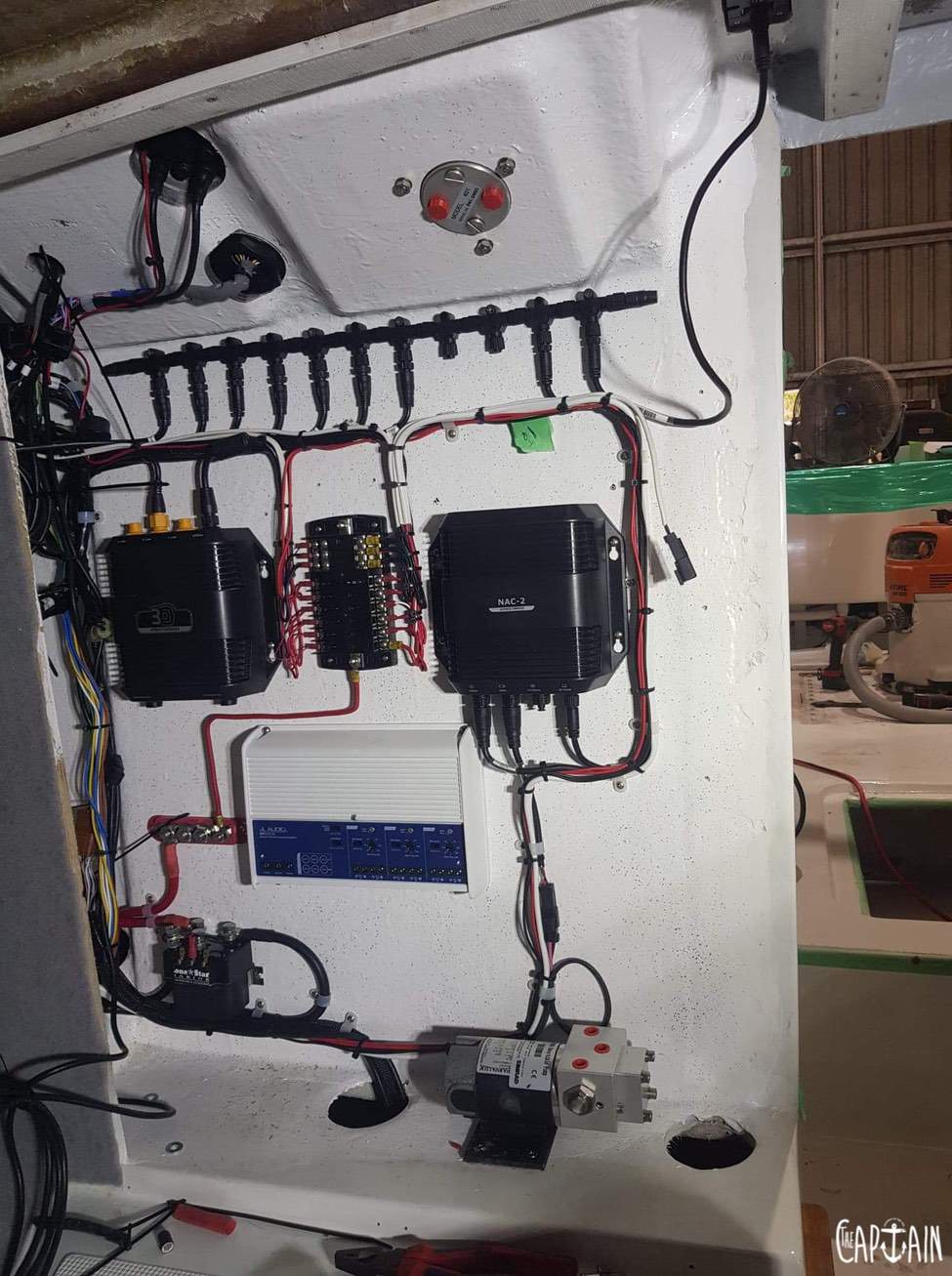
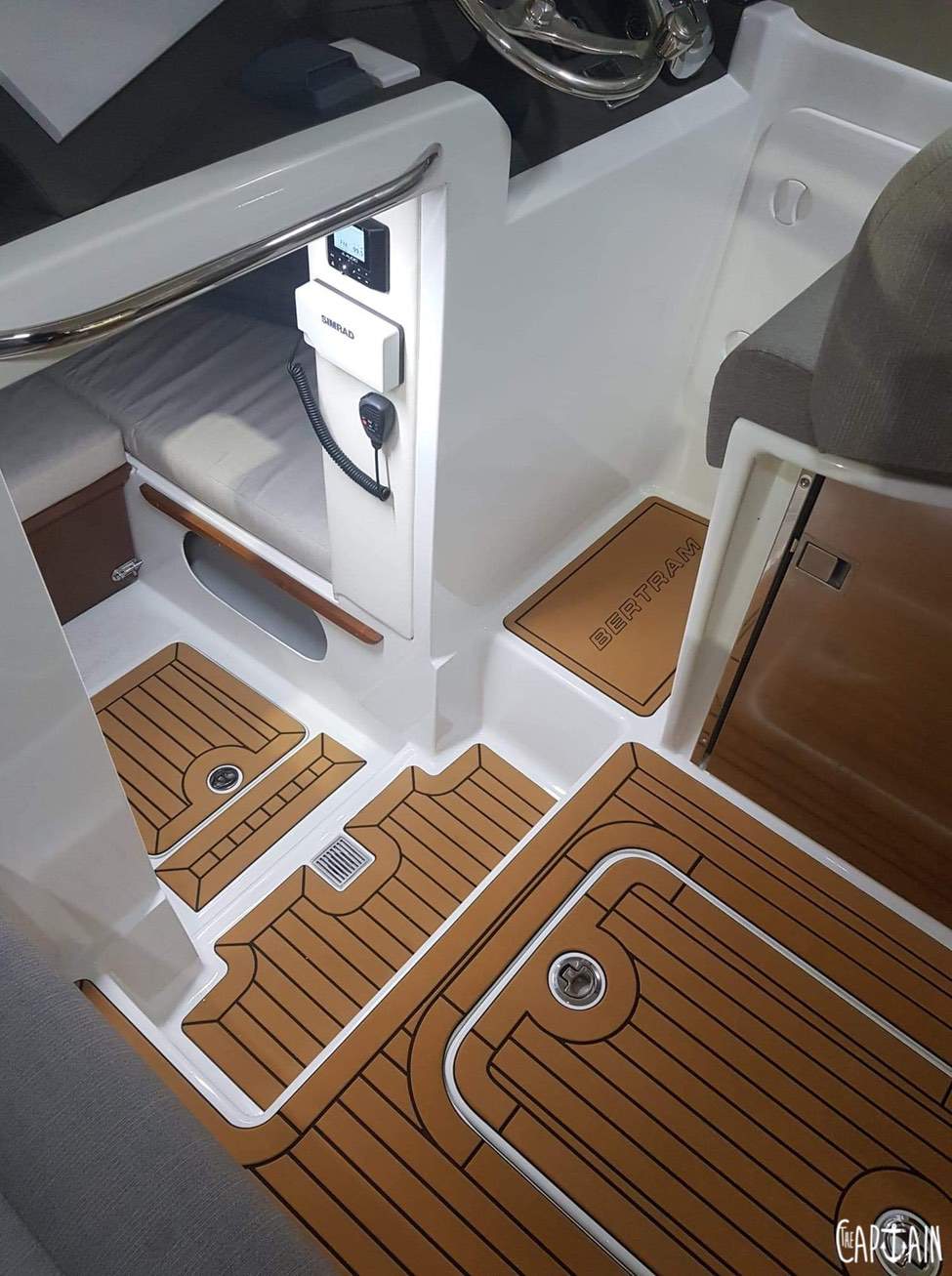
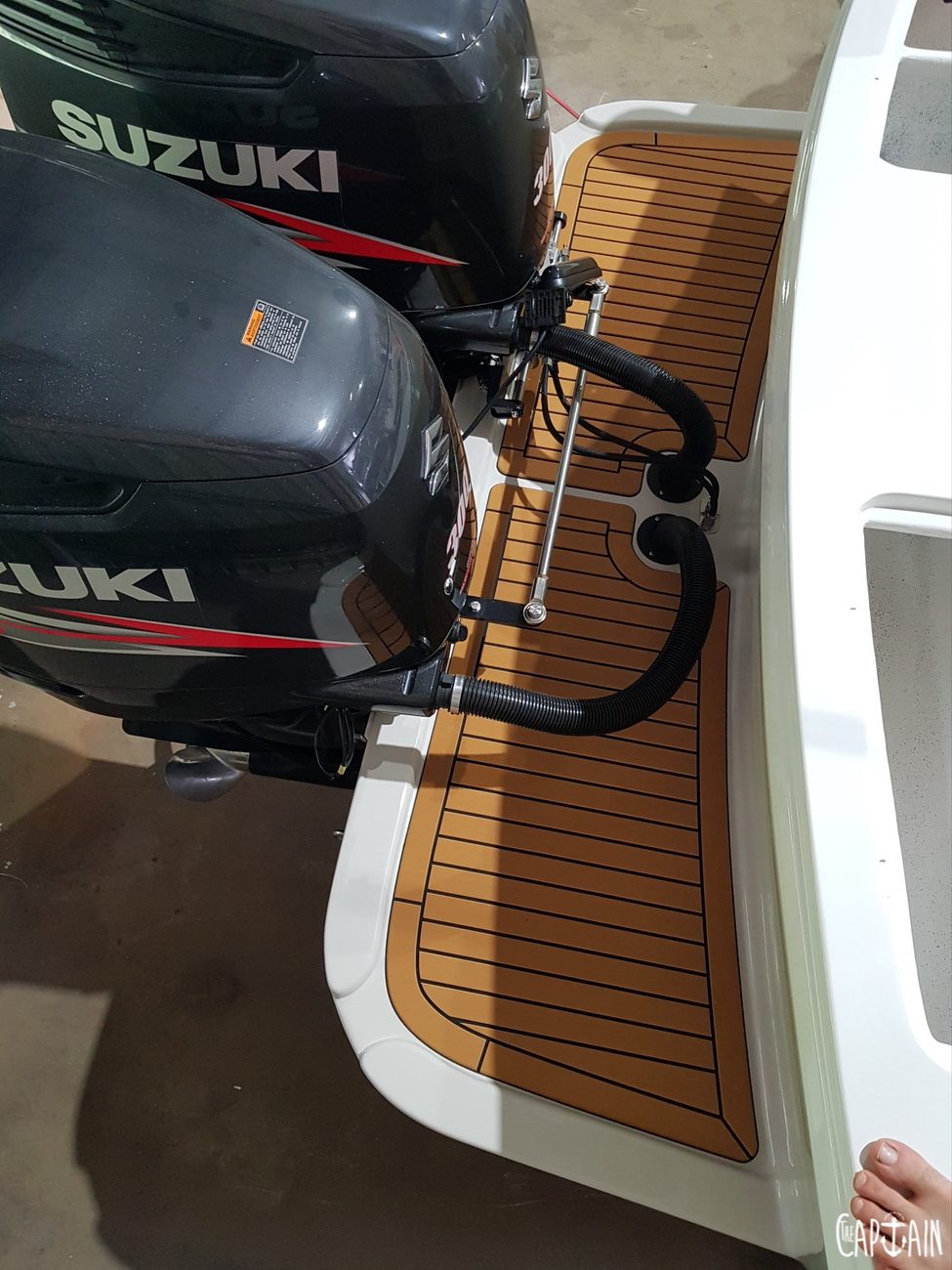

Recent Comments